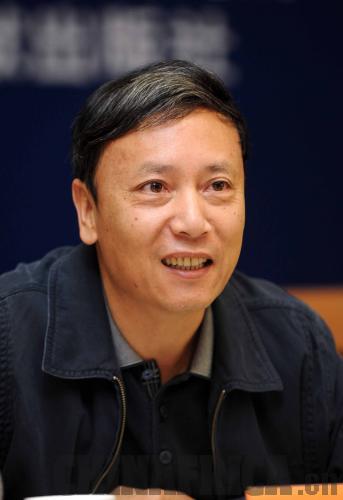|
It was widely reported that the chaos in some Middle East and North African countries were results of the inadequate efforts in improving people's livelihood, a fundamental aspect of social stability.
In early March, China held its annual sessions of the National People's Congress (NPC) and the National Committee of the Chinese People's Political Consultative Conference, at which, improving people's livelihood was the focus of discussion for participants. According to the 12th Five-Year Plan (2011-15) adopted by the NPC, China's annual GDP growth in the coming five years is set at 7 percent while the actual growth of incomes of both urban and rural residents is expected to grow at a rate higher than 7 percent. In the 11th Five-Year Plan formulated five years ago, the percentages were set to be 7.5 percent and 5 percent respectively.
The planned decrease of GDP growth and increase of people's income in the coming five years indicate that the Chinese Government will concentrate its efforts in ensuring and improving people's livelihood.
At the two sessions, opinions on China's economic transformation and improvement of social security were shared with ChinAfrica by NPC delegates and CPPCC members.
 |
|
Cai Fang, NPC Deputy & Director of the Institute of Population and Labor Economics, Chinese Academy of Social Sciences |
CAI FANG
China's working-age population between 16 and 64 will reach its peak in 2015 and will go down after that. That means China's demographic dividend will drop gradually and the aging population will further increase. The problem of "getting old before getting rich" will be more serious.
To solve the problem, China needs to accelerate the transformation of its development pattern so as to maintain stable and fast economic growth. Owing to the change of China's population structure, we should lay more emphasis on the domestic demands, shift from relying purely on resources and energy consumption to the advance of science and technology and the improvement of productivity, and change our focus from the secondary industry to the tertiary industry.
At current stage, we should, on the one hand, upgrade our industrial structure and, on the other hand, tap out more demographic dividend potentials. The industries that have lost competitiveness in east China can be transferred to the central and west China. Meanwhile, migrant workers should be able to shift their status to be urban citizens so as to increase their consumption capacity after solving their problems of social security.
|